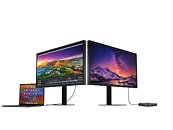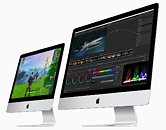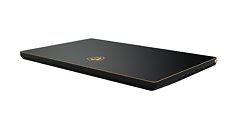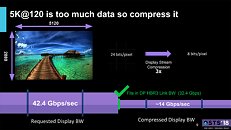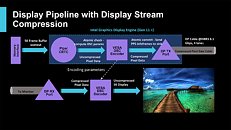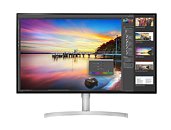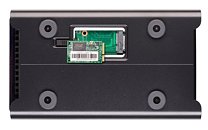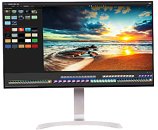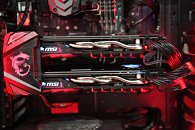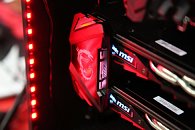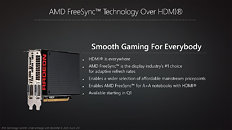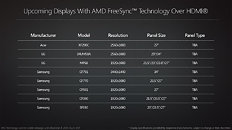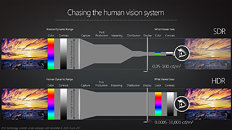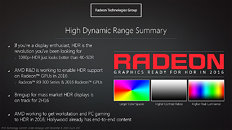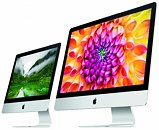
Apple Updates 27" iMac With 10th Gen Intel CPUs, Radeon Pro 5000 GPUs
Apple today announced a major update to its 27-inch iMac. By far the most powerful and capable iMac ever, it features faster Intel processors up to 10 cores, double the memory capacity, next-generation AMD graphics, superfast SSDs across the line with four times the storage capacity, a new nano-texture glass option for an even more stunning Retina 5K display, a 1080p FaceTime HD camera, higher fidelity speakers, and studio-quality mics. For the consumer using their iMac all day, every day, to the aspiring creative looking for inspiration, to the serious pro pushing the limits of their creativity, the new 27-inch iMac delivers the ultimate desktop experience that is now better in every way.
"Now more than ever, our customers are relying on the Mac. And many of them need the most powerful and capable iMac we've ever made," said Tom Boger, Apple's senior director of Mac and iPad Product Marketing. "With blazing performance, double the memory, SSDs across the line with quadruple the storage, an even more stunning Retina 5K display, a better camera, higher fidelity speakers, and studio-quality mics, the 27-inch iMac is loaded with new features at the same price. It's the ultimate desktop, to work, create, and communicate."
"Now more than ever, our customers are relying on the Mac. And many of them need the most powerful and capable iMac we've ever made," said Tom Boger, Apple's senior director of Mac and iPad Product Marketing. "With blazing performance, double the memory, SSDs across the line with quadruple the storage, an even more stunning Retina 5K display, a better camera, higher fidelity speakers, and studio-quality mics, the 27-inch iMac is loaded with new features at the same price. It's the ultimate desktop, to work, create, and communicate."



